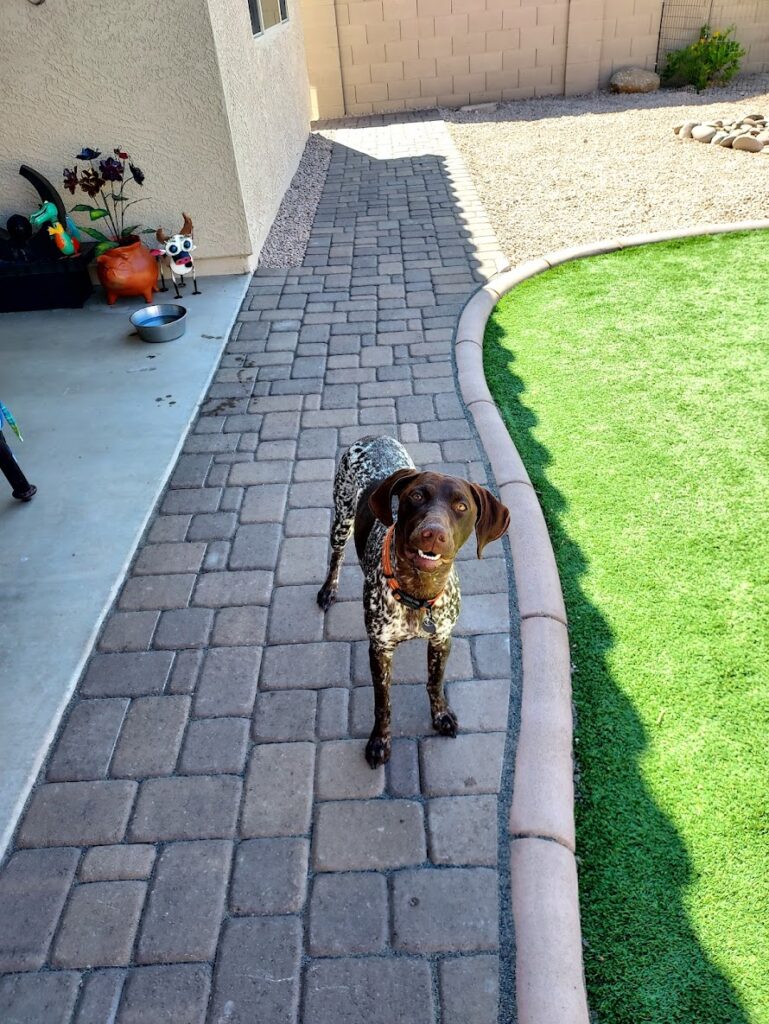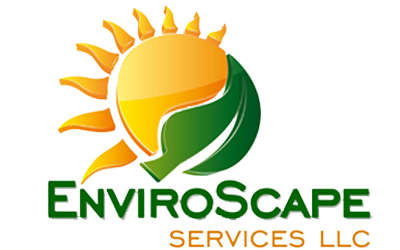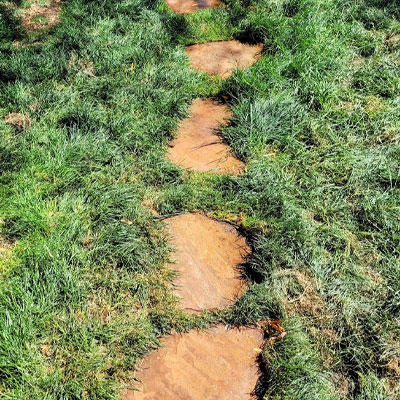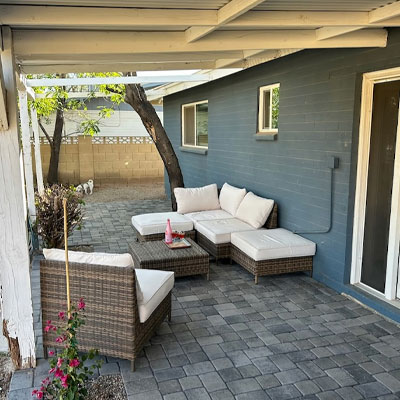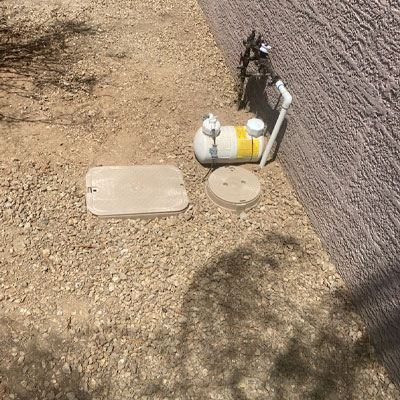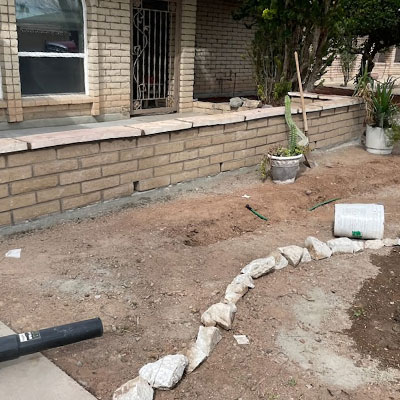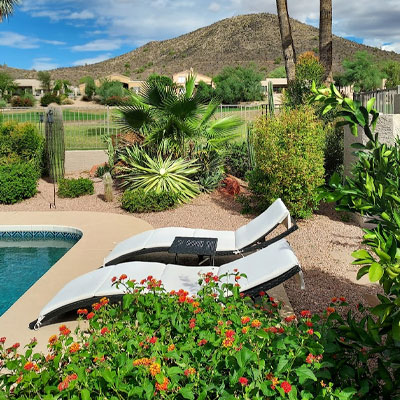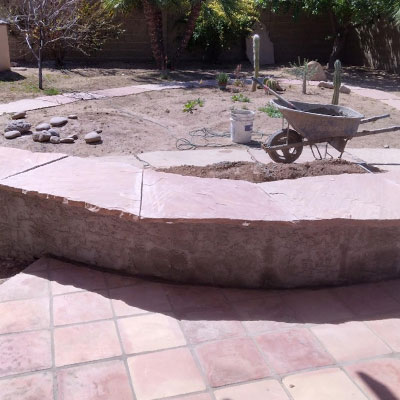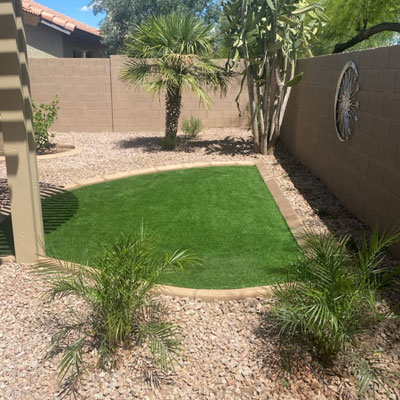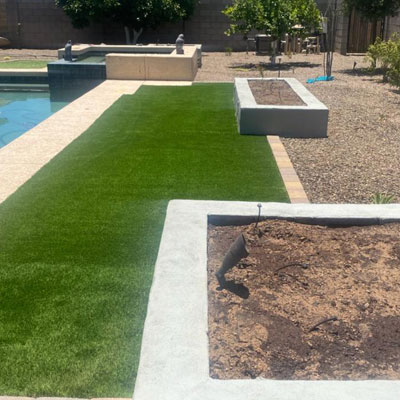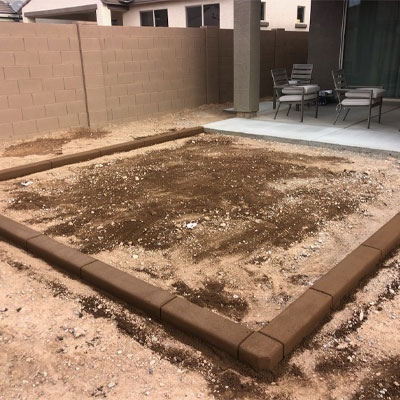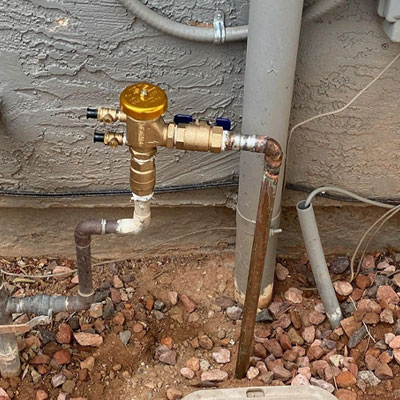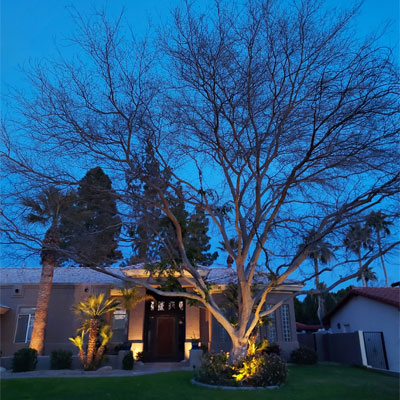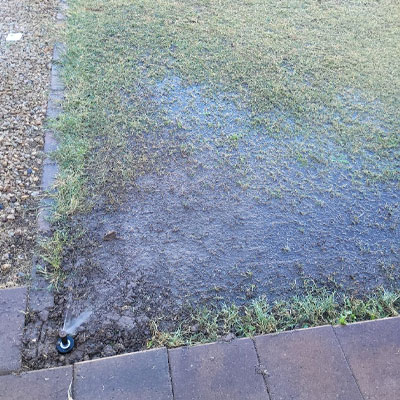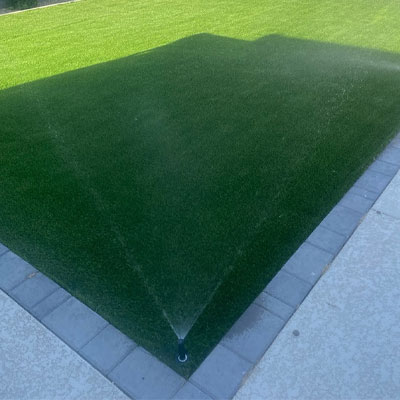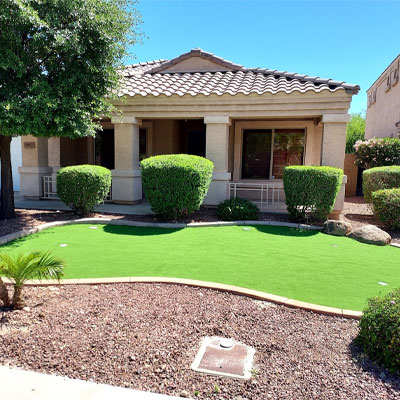irrigation repair near me, sprinkler service near me, irrigation system repair near me, irrigation maintenance service, sprinkler system repair near me, lawn irrigation repair near me, irrigation pump repair near me, irrigation repair companies near me, irrigation maintenance, sprinkler maintenance, irrigation system maintenance, outdoor spaces, hardscape, landscaping, portfolio landscaping lights, landscape design, lawn care, landscaping companies, landscape contractors, landscaping services, landscape maintenance, lawn care services, lawn care service, irrigation, hardscape materials, landscaping hardscaping near me, landscape and hardscape, hardscape materials near me, hardscape designs, hardscaping and landscaping near me, hardscaping backyard, hardscape installation, hardscaping, hardscape landscaping
Frequently Asked Questions
What are the key differences between hardscape and softscape landscaping services?
The key differences between hardscape and softscape landscaping services are that hardscape involves non-plant elements like patios, walkways, and walls, while softscape focuses on living elements such as plants, trees, and flowers, creating a balanced outdoor environment.
What factors differentiate expert hardscape services from standard landscaping companies?
The factors that differentiate expert hardscape services from standard landscaping companies include specialized knowledge in materials, design precision, and installation techniques, ensuring durable and aesthetically pleasing outdoor features that enhance the overall functionality of the space.
What are the main differences between softscape and hardscape services in landscaping?
The main differences between softscape and hardscape services in landscaping are that softscape involves living elements like plants, trees, and soil, while hardscape includes non-living features such as patios, walkways, and retaining walls.
What materials are used in hardscape services?
The materials used in hardscape services include natural stone, brick, concrete, pavers, and gravel. These elements create durable and aesthetically pleasing structures such as patios, walkways, and retaining walls, enhancing the functionality of outdoor spaces.
How do hardscape features enhance outdoor spaces?
Hardscape features enhance outdoor spaces by adding structure, functionality, and visual appeal. Elements like patios, walkways, and retaining walls create defined areas for relaxation and entertainment, elevating the overall aesthetic and usability of your landscape.
What maintenance is required for hardscape installations?
Maintenance for hardscape installations includes regular cleaning to remove debris, periodic sealing to protect surfaces, and addressing any cracks or shifting promptly to ensure longevity and safety.
How can hardscape improve property value?
Hardscape can significantly improve property value by enhancing the aesthetic appeal and functionality of outdoor spaces. Well-designed patios, walkways, and retaining walls create inviting environments that attract potential buyers and increase overall property desirability.
What design elements are common in hardscaping?
Common design elements in hardscaping include patios, walkways, retaining walls, and outdoor kitchens, all of which enhance functionality and aesthetics while integrating seamlessly with the surrounding landscape.
How do softscape and hardscape complement each other?
Softscape and hardscape complement each other by creating a balanced outdoor environment. Softscape elements like plants and flowers provide color and life, while hardscape features like patios and walkways offer structure and functionality, enhancing the overall aesthetic and usability of the space.
What are the benefits of incorporating hardscape?
The benefits of incorporating hardscape include enhancing the functionality and aesthetics of outdoor spaces, improving drainage, reducing maintenance needs, and creating defined areas for activities, all while increasing property value.
How does climate affect hardscape choices?
The impact of climate on hardscape choices is significant. Factors like temperature, rainfall, and humidity influence material durability, maintenance needs, and overall aesthetics, guiding homeowners in selecting suitable options that withstand local weather conditions effectively.
What are popular hardscape trends today?
Popular hardscape trends today include the use of natural stone, permeable paving, and outdoor living spaces featuring fire pits and kitchens, all aimed at enhancing functionality and aesthetics while promoting sustainability in landscaping designs.
How to choose between hardscape and softscape?
Choosing between hardscape and softscape involves considering your aesthetic preferences, functionality needs, and maintenance capabilities. Hardscape elements offer durability and structure, while softscape provides natural beauty and greenery, so balance both for an ideal outdoor space.
What is the cost difference between hardscape and softscape?
The cost difference between hardscape and softscape varies significantly. Hardscape, which includes materials like stone, concrete, and wood, typically has a higher initial investment compared to softscape, which involves plants, soil, and grass that are generally less expensive to install.
How long do hardscape installations typically last?
Hardscape installations typically last for many years, often ranging from 10 to 25 years, depending on the materials used and the quality of installation. Proper maintenance can further extend their lifespan.
What plants work best with hardscape features?
The best plants to complement hardscape features are those that thrive in your local climate and require minimal maintenance. Consider using drought-tolerant succulents, ornamental grasses, and low-growing perennials to enhance the beauty of your hardscaping.
How to integrate lighting with hardscape designs?
Integrating lighting with hardscape designs enhances both aesthetics and functionality. Use strategically placed fixtures to highlight pathways, patios, and retaining walls, ensuring safety and creating a warm ambiance for outdoor spaces.
What are common mistakes in hardscape planning?
Common mistakes in hardscape planning include inadequate drainage, overlooking the scale of elements, neglecting maintenance considerations, and failing to incorporate the landscape's natural features. These oversights can lead to costly repairs and reduced functionality of outdoor spaces.
How does drainage impact hardscape design?
Drainage significantly impacts hardscape design by ensuring water flows away from structures and surfaces, preventing erosion and damage. Proper drainage systems enhance the durability and functionality of hardscapes, promoting longevity and aesthetic appeal in outdoor spaces.
What are the best practices for hardscape installation?
The best practices for hardscape installation include proper site preparation, ensuring adequate drainage, using high-quality materials, and following manufacturer guidelines. Additionally, it's essential to create a stable base and consider the overall design for durability and aesthetics.
How to select a contractor for hardscape projects?
Selecting a contractor for hardscape projects involves researching their experience, reviewing past work, checking references, and ensuring they are licensed and insured. Prioritize clear communication and obtain detailed quotes to make an informed decision.
What tools are essential for hardscape work?
Essential tools for hardscape work include a shovel, level, trowel, compactor, and masonry saw, which are crucial for effective installation and maintenance of patios, walkways, and retaining walls.
How to maintain softscape around hardscape elements?
Maintaining softscape around hardscape elements involves regular watering, mulching, and pruning to ensure healthy plant growth while preventing overgrowth that could damage hardscaping. Additionally, monitor soil health and apply appropriate fertilizers as needed.
What are the environmental impacts of hardscaping?
The environmental impacts of hardscaping include increased runoff, reduced groundwater recharge, and potential habitat loss for local wildlife. However, when designed thoughtfully, hardscaping can enhance drainage and create sustainable outdoor spaces.
How to create a cohesive design with hardscape?
Creating a cohesive design with hardscape involves selecting materials, colors, and textures that complement your landscape elements. Integrating pathways, patios, and walls with surrounding plants ensures a harmonious flow and enhances the overall aesthetic of your outdoor space.
What are the safety considerations for hardscape projects?
Safety considerations for hardscape projects include ensuring proper site preparation, using appropriate protective gear, and adhering to local building codes. It's essential to manage heavy materials safely and maintain clear pathways to prevent accidents during installation.
How to incorporate water features in hardscaping?
Incorporating water features in hardscaping involves seamlessly integrating elements like ponds, fountains, or waterfalls into your outdoor design. Consider placement, scale, and surrounding materials to create a harmonious and inviting atmosphere.
What are the differences in installation techniques?
The differences in installation techniques refer to the various methods used for landscaping projects, including traditional hand-installation, machine-assisted approaches, and modular systems, each tailored to specific project requirements and desired outcomes.
How to assess the durability of hardscape materials?
Assessing the durability of hardscape materials involves evaluating their resistance to weather, wear, and tear. Look for materials with proven longevity, warranties, and reviews, and consider their ability to withstand local environmental conditions.
What role does hardscape play in landscape architecture?
The role of hardscape in landscape architecture is essential as it involves the design and installation of non-plant elements like patios, walkways, and walls, which enhance functionality, structure, and aesthetic appeal in outdoor spaces.
enviroscape landscaping, enviroscape services, pool plastering companies, enviroscapes snow removal, repipe specialists phoenix, turf companies in peoria az, landscape design services, hardscape and irrigation services, Arizona outdoor renovation services, landscape construction specialists, yard remodeling services, custom backyard design Arizona
Enviroscape Services: Your Trusted Landscaping Partner
Enviroscape Services is dedicated to transforming outdoor spaces into beautiful, functional landscapes. As a trusted partner for homeowners in Glendale, Peoria, and Phoenix, we specialize in a wide range of landscaping and outdoor services tailored to meet the unique needs of each client.
With a focus on quality and customer satisfaction, our team of experienced professionals is committed to delivering exceptional results. Whether you need landscape design, installation, or maintenance, we are here to help you create the perfect outdoor environment for your home.
Why Choose Enviroscape Services?
Choosing the right landscaping service is essential for achieving your dream outdoor space. Enviroscape Services stands out due to our extensive experience, skilled team, and commitment to using high-quality materials and methods in every project.
Our reputation is built on positive client experiences and successful projects. We prioritize communication and transparency, ensuring that you are involved in every step of the process, from initial consultation to project completion.
Our Commitment to Sustainability
At Enviroscape Services, we understand the importance of sustainable landscaping practices. We strive to create eco-friendly solutions that not only enhance the beauty of your outdoor space but also promote environmental health.
By utilizing native plants, efficient irrigation systems, and sustainable materials, we help you maintain a landscape that is both attractive and environmentally responsible. Our approach ensures long-lasting results while conserving resources and protecting local ecosystems.
Get Started with Your Landscaping Project
Ready to transform your outdoor space? Getting started with Enviroscape Services is easy. Simply reach out to us for a free consultation, where we will discuss your vision, preferences, and budget.
Our team will guide you through the entire process, providing expert advice and tailored solutions that meet your needs. Don’t wait any longer—let us help you create the outdoor oasis you’ve always dreamed of.
irrigation repair near me, sprinkler service near me, irrigation system repair near me, irrigation maintenance service, sprinkler system repair near me, lawn irrigation repair near me, irrigation pump repair near me, irrigation repair companies near me, irrigation maintenance, sprinkler maintenance, irrigation system maintenance, outdoor spaces, hardscape, landscaping, portfolio landscaping lights, landscape design, lawn care, landscaping companies, landscape contractors, landscaping services, landscape maintenance, lawn care services, lawn care service, irrigation, hardscape materials, landscaping hardscaping near me, landscape and hardscape, hardscape materials near me, hardscape designs, hardscaping and landscaping near me, hardscaping backyard, hardscape installation, hardscaping, hardscape landscaping
Frequently Asked Questions
What are the key differences between hardscape and softscape landscaping services?
The key differences between hardscape and softscape landscaping services are that hardscape involves non-plant elements like patios, walkways, and walls, while softscape focuses on living elements such as plants, trees, and flowers, creating a balanced outdoor environment.
What factors differentiate expert hardscape services from standard landscaping companies?
The factors that differentiate expert hardscape services from standard landscaping companies include specialized knowledge in materials, design precision, and installation techniques, ensuring durable and aesthetically pleasing outdoor features that enhance the overall functionality of the space.
What are the main differences between softscape and hardscape services in landscaping?
The main differences between softscape and hardscape services in landscaping are that softscape involves living elements like plants, trees, and soil, while hardscape includes non-living features such as patios, walkways, and retaining walls.
What materials are used in hardscape services?
The materials used in hardscape services include natural stone, brick, concrete, pavers, and gravel. These elements create durable and aesthetically pleasing structures such as patios, walkways, and retaining walls, enhancing the functionality of outdoor spaces.
How do hardscape features enhance outdoor spaces?
Hardscape features enhance outdoor spaces by adding structure, functionality, and visual appeal. Elements like patios, walkways, and retaining walls create defined areas for relaxation and entertainment, elevating the overall aesthetic and usability of your landscape.
What maintenance is required for hardscape installations?
Maintenance for hardscape installations includes regular cleaning to remove debris, periodic sealing to protect surfaces, and addressing any cracks or shifting promptly to ensure longevity and safety.
How can hardscape improve property value?
Hardscape can significantly improve property value by enhancing the aesthetic appeal and functionality of outdoor spaces. Well-designed patios, walkways, and retaining walls create inviting environments that attract potential buyers and increase overall property desirability.
What design elements are common in hardscaping?
Common design elements in hardscaping include patios, walkways, retaining walls, and outdoor kitchens, all of which enhance functionality and aesthetics while integrating seamlessly with the surrounding landscape.
How do softscape and hardscape complement each other?
Softscape and hardscape complement each other by creating a balanced outdoor environment. Softscape elements like plants and flowers provide color and life, while hardscape features like patios and walkways offer structure and functionality, enhancing the overall aesthetic and usability of the space.
What are the benefits of incorporating hardscape?
The benefits of incorporating hardscape include enhancing the functionality and aesthetics of outdoor spaces, improving drainage, reducing maintenance needs, and creating defined areas for activities, all while increasing property value.
How does climate affect hardscape choices?
The impact of climate on hardscape choices is significant. Factors like temperature, rainfall, and humidity influence material durability, maintenance needs, and overall aesthetics, guiding homeowners in selecting suitable options that withstand local weather conditions effectively.
What are popular hardscape trends today?
Popular hardscape trends today include the use of natural stone, permeable paving, and outdoor living spaces featuring fire pits and kitchens, all aimed at enhancing functionality and aesthetics while promoting sustainability in landscaping designs.
How to choose between hardscape and softscape?
Choosing between hardscape and softscape involves considering your aesthetic preferences, functionality needs, and maintenance capabilities. Hardscape elements offer durability and structure, while softscape provides natural beauty and greenery, so balance both for an ideal outdoor space.
What is the cost difference between hardscape and softscape?
The cost difference between hardscape and softscape varies significantly. Hardscape, which includes materials like stone, concrete, and wood, typically has a higher initial investment compared to softscape, which involves plants, soil, and grass that are generally less expensive to install.
How long do hardscape installations typically last?
Hardscape installations typically last for many years, often ranging from 10 to 25 years, depending on the materials used and the quality of installation. Proper maintenance can further extend their lifespan.
What plants work best with hardscape features?
The best plants to complement hardscape features are those that thrive in your local climate and require minimal maintenance. Consider using drought-tolerant succulents, ornamental grasses, and low-growing perennials to enhance the beauty of your hardscaping.
How to integrate lighting with hardscape designs?
Integrating lighting with hardscape designs enhances both aesthetics and functionality. Use strategically placed fixtures to highlight pathways, patios, and retaining walls, ensuring safety and creating a warm ambiance for outdoor spaces.
What are common mistakes in hardscape planning?
Common mistakes in hardscape planning include inadequate drainage, overlooking the scale of elements, neglecting maintenance considerations, and failing to incorporate the landscape's natural features. These oversights can lead to costly repairs and reduced functionality of outdoor spaces.
How does drainage impact hardscape design?
Drainage significantly impacts hardscape design by ensuring water flows away from structures and surfaces, preventing erosion and damage. Proper drainage systems enhance the durability and functionality of hardscapes, promoting longevity and aesthetic appeal in outdoor spaces.
What are the best practices for hardscape installation?
The best practices for hardscape installation include proper site preparation, ensuring adequate drainage, using high-quality materials, and following manufacturer guidelines. Additionally, it's essential to create a stable base and consider the overall design for durability and aesthetics.
How to select a contractor for hardscape projects?
Selecting a contractor for hardscape projects involves researching their experience, reviewing past work, checking references, and ensuring they are licensed and insured. Prioritize clear communication and obtain detailed quotes to make an informed decision.
What tools are essential for hardscape work?
Essential tools for hardscape work include a shovel, level, trowel, compactor, and masonry saw, which are crucial for effective installation and maintenance of patios, walkways, and retaining walls.
How to maintain softscape around hardscape elements?
Maintaining softscape around hardscape elements involves regular watering, mulching, and pruning to ensure healthy plant growth while preventing overgrowth that could damage hardscaping. Additionally, monitor soil health and apply appropriate fertilizers as needed.
What are the environmental impacts of hardscaping?
The environmental impacts of hardscaping include increased runoff, reduced groundwater recharge, and potential habitat loss for local wildlife. However, when designed thoughtfully, hardscaping can enhance drainage and create sustainable outdoor spaces.
How to create a cohesive design with hardscape?
Creating a cohesive design with hardscape involves selecting materials, colors, and textures that complement your landscape elements. Integrating pathways, patios, and walls with surrounding plants ensures a harmonious flow and enhances the overall aesthetic of your outdoor space.
What are the safety considerations for hardscape projects?
Safety considerations for hardscape projects include ensuring proper site preparation, using appropriate protective gear, and adhering to local building codes. It's essential to manage heavy materials safely and maintain clear pathways to prevent accidents during installation.
How to incorporate water features in hardscaping?
Incorporating water features in hardscaping involves seamlessly integrating elements like ponds, fountains, or waterfalls into your outdoor design. Consider placement, scale, and surrounding materials to create a harmonious and inviting atmosphere.
What are the differences in installation techniques?
The differences in installation techniques refer to the various methods used for landscaping projects, including traditional hand-installation, machine-assisted approaches, and modular systems, each tailored to specific project requirements and desired outcomes.
How to assess the durability of hardscape materials?
Assessing the durability of hardscape materials involves evaluating their resistance to weather, wear, and tear. Look for materials with proven longevity, warranties, and reviews, and consider their ability to withstand local environmental conditions.
What role does hardscape play in landscape architecture?
The role of hardscape in landscape architecture is essential as it involves the design and installation of non-plant elements like patios, walkways, and walls, which enhance functionality, structure, and aesthetic appeal in outdoor spaces.
enviroscape landscaping, enviroscape services, pool plastering companies, enviroscapes snow removal, repipe specialists phoenix, turf companies in peoria az, landscape design services, hardscape and irrigation services, Arizona outdoor renovation services, landscape construction specialists, yard remodeling services, custom backyard design Arizona
Enviroscape Services: Your Trusted Landscaping Partner
Enviroscape Services is dedicated to transforming outdoor spaces into beautiful, functional landscapes. As a trusted partner for homeowners in Glendale, Peoria, and Phoenix, we specialize in a wide range of landscaping and outdoor services tailored to meet the unique needs of each client.
With a focus on quality and customer satisfaction, our team of experienced professionals is committed to delivering exceptional results. Whether you need landscape design, installation, or maintenance, we are here to help you create the perfect outdoor environment for your home.
Why Choose Enviroscape Services?
Choosing the right landscaping service is essential for achieving your dream outdoor space. Enviroscape Services stands out due to our extensive experience, skilled team, and commitment to using high-quality materials and methods in every project.
Our reputation is built on positive client experiences and successful projects. We prioritize communication and transparency, ensuring that you are involved in every step of the process, from initial consultation to project completion.
Our Commitment to Sustainability
At Enviroscape Services, we understand the importance of sustainable landscaping practices. We strive to create eco-friendly solutions that not only enhance the beauty of your outdoor space but also promote environmental health.
By utilizing native plants, efficient irrigation systems, and sustainable materials, we help you maintain a landscape that is both attractive and environmentally responsible. Our approach ensures long-lasting results while conserving resources and protecting local ecosystems.
Get Started with Your Landscaping Project
Ready to transform your outdoor space? Getting started with Enviroscape Services is easy. Simply reach out to us for a free consultation, where we will discuss your vision, preferences, and budget.
Our team will guide you through the entire process, providing expert advice and tailored solutions that meet your needs. Don’t wait any longer—let us help you create the outdoor oasis you’ve always dreamed of.
